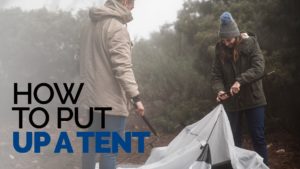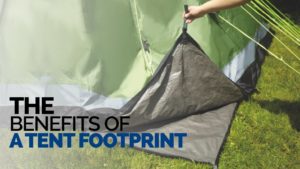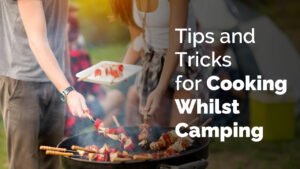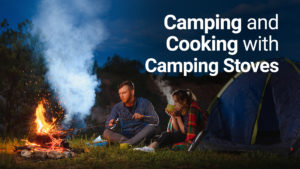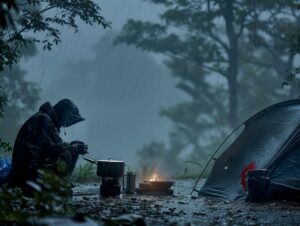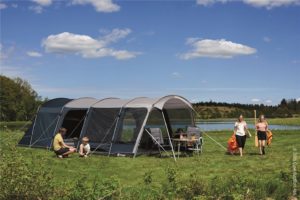
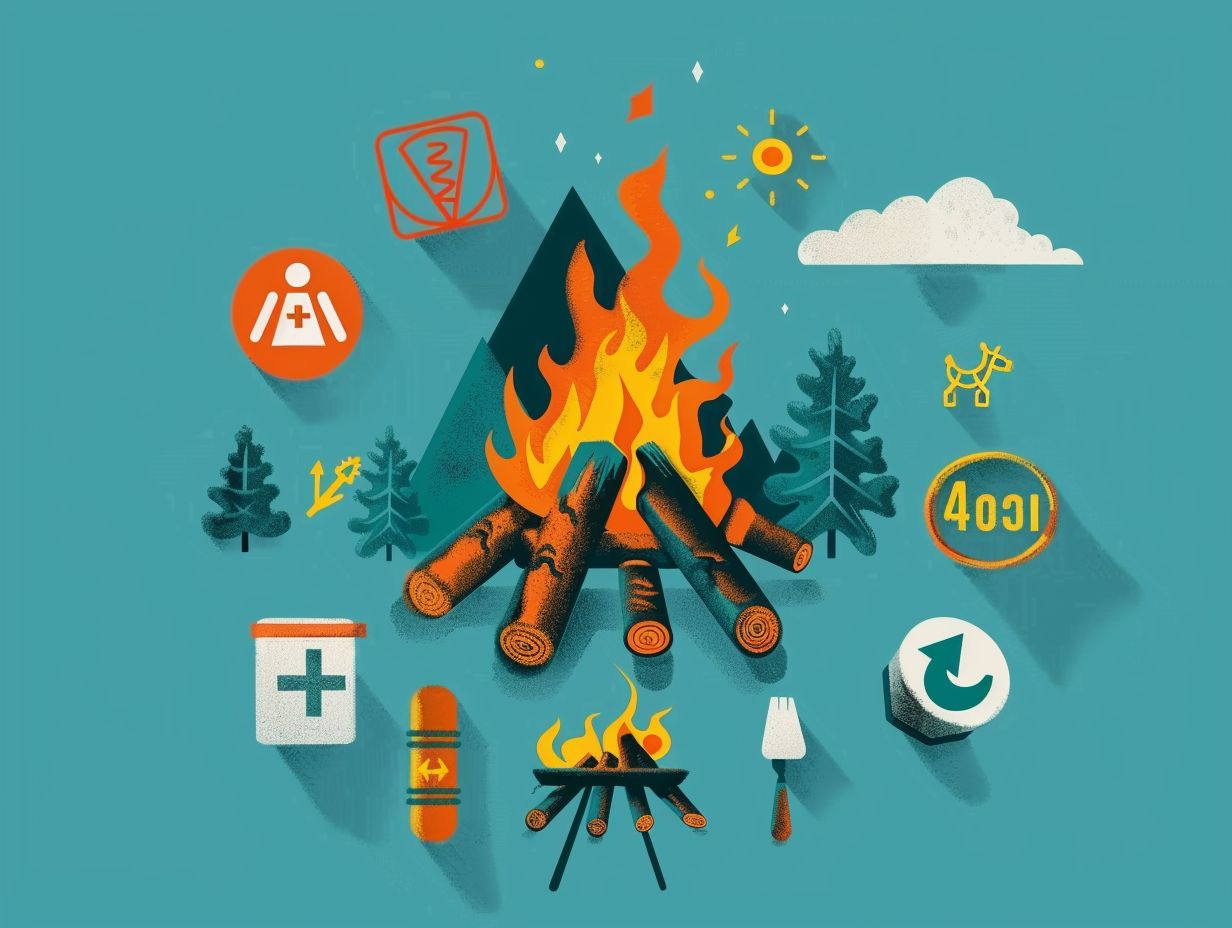
Vaibhav
- Categories: Advice
Are you gearing up for a camping trip or a cozy night under the stars by a campfire? Before you spark that flame, it’s crucial to understand the dos and don’ts of campfire safety.
In this comprehensive guide, we will explore why campfire safety is essential and provide you with eight key dos and don’ts to ensure a safe and enjoyable outdoor experience.
From choosing the right location to extinguishing the fire properly, we’ve got you covered. Let’s dive in!
Key Takeaways:

- Check for fire bans before starting a campfire to ensure safety for yourself and others.
- Keep a bucket of water nearby at all times and use only dry wood to prevent the fire from getting out of control.
- Don’t leave the fire unattended, use flammable liquids, or burn trash. Also, avoid building a fire too close to trees and always extinguish it completely before leaving.
What Are the Dos of Campfire Safety?
It is imperative to adhere to campfire safety guidelines and regulations set forth by authoritative entities such as Cal Fire and other regulatory bodies. This practice is crucial for guaranteeing a secure and pleasant outdoor experience in campsites and wild locations.
1. Check for Fire Bans
Before initiating a campfire, it is imperative to verify the presence of any fire bans and regulations enforced by authoritative bodies such as Cal Fire and the Bureau of Land Management, ensuring strict adherence to prescribed guidelines for the sake of compliance and safety.
These fire bans hold significant importance in regions susceptible to wildfires, serving as a preventive measure against potentially catastrophic infernos that pose risks to lives, properties, and ecosystems.
Remaining informed about regulatory mandates can be conveniently accomplished by consulting official websites, subscribing to notification services, or monitoring the social media channels of pertinent agencies.
By proactively complying with fire bans and restrictions, individuals contribute to a collective endeavour aimed at mitigating fire hazards and safeguarding our natural environments.
Respecting and upholding these regulations is a shared obligation that underscores our commitment to preserving the integrity of our surroundings.
2. Choose a Safe Location
Choosing a suitable location for a campfire, such as designated campsites or cleared wilderness sites, plays a crucial role in preventing the spread of fire and ensuring overall safety.
When selecting a spot for a campfire, it is imperative to take into account the distance from combustible materials such as dry grass, leaves, and overhanging branches. It is recommended to opt for an area with a minimum clearance of 10 feet in all directions.
Wind patterns should be carefully considered as gusts can swiftly carry embers and sparks, potentially leading to the ignition of nearby vegetation. An ideal location for a campfire is a flat, open area that is distant from tents, trees, and other structures.
It is important to avoid building a fire near logs or stumps that may harbour hidden embers and are highly flammable. By adhering to these guidelines, individuals can engage in a camping experience that is both safe and responsible.
3. Clear the Area Around the Fire Pit
Please ensure that the area surrounding the fire pit is clear of any debris, dry leaves, and twigs to prevent the fire from spreading and to maintain a safe campfire environment. Create a perimeter around the fire pit by eliminating any materials that could easily ignite, such as overhanging branches and low-lying shrubs.
It is crucial to maintain a minimum distance of at least 10 feet between the fire pit and any flammable substances. Always have a bucket of water or a fire extinguisher within reach in case of emergencies. By implementing these safety measures, you can enjoy your time around the fire pit without concerns about potential hazards.
4. Keep a Bucket of Water Nearby
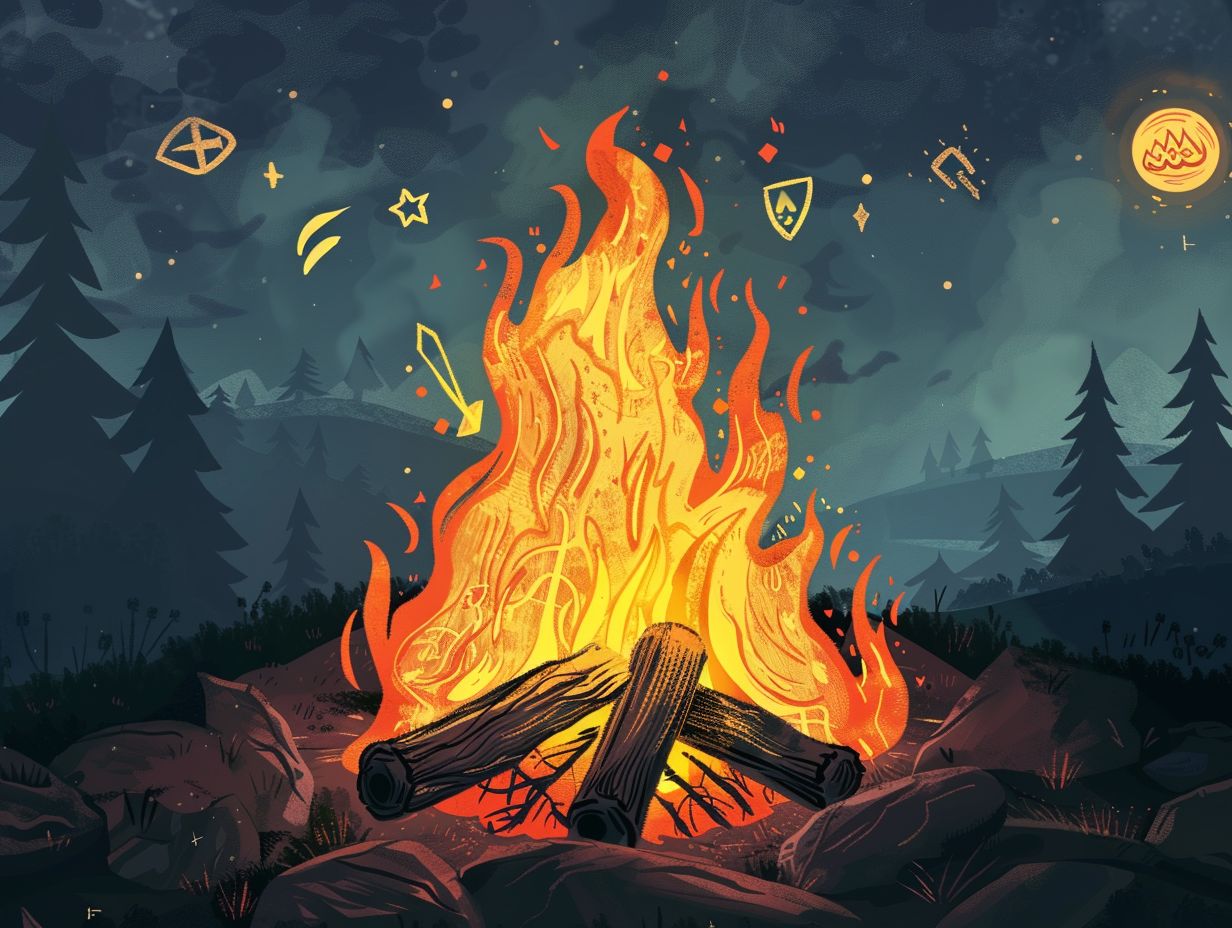
It is important to maintain a preparedness strategy by having a bucket of water or a fire extinguisher readily available to promptly extinguish a campfire in the event of an emergency. Immediate access to water or a fire extinguisher is essential for ensuring the safety of your camping experience.
Water serves as an effective method for extinguishing small fires caused by embers spreading, while a fire extinguisher is instrumental for addressing more significant flames or emergency situations.
When employing water to extinguish a fire, it is crucial to pour it carefully over the fire, commencing from the periphery and proceeding towards the centre to prevent the fire from spreading further.
In the case of utilising a fire extinguisher, it is imperative to aim the nozzle at the base of the flames, squeeze the handle, and sweep from side to side until the fire is fully extinguished.
5. Use Only Dry Wood
Utilising exclusively dry wood, such as standing deadwood, for a campfire facilitates a controlled combustion process and minimises the emission of excessive smoke.
Dry wood combusts more effectively than damp wood, generating a more intense flame and longer-lasting heat. When choosing firewood, it is advisable to select seasoned hardwoods like oak, maple, or hickory due to their lower moisture content.
To prepare firewood, it is recommended to divide logs into smaller segments to expedite the drying procedure. Storing wood in a well-ventilated location above ground level aids in its proper seasoning. Before burning, it is essential to inspect the wood for indications of insects or decay to ensure a secure and pleasant campfire experience.
6. Build a Contained Fire
Construct a contained fire by utilising a fire ring constructed from rocks or a fire pan to contain the fire and prevent it from spreading outside of the designated area.
Establishing a distinct boundary for the fire is imperative to ensure it remains at a safe distance from any combustible materials. It is essential to clear the immediate vicinity around the fire ring of any debris that could potentially ignite.
Additionally, exercise caution regarding overhead branches or vegetation that may be susceptible to catching fire. Employing these containment measures serves to not only mitigate the risk of wildfires but also plays a significant role in preserving the natural environment for the enjoyment of future campers, free from harm.
7. Monitor the Fire at All Times
Consistently monitoring the campfire is critical to maintaining control and minimising the risk of its spreading and causing unintended harm. Particularly in windy conditions, it becomes imperative to closely observe the flames and embers to mitigate potential hazards.
One key recommendation for safe fire management is to clear the area surrounding the fire pit of any flammable materials, such as dry leaves or branches, that could readily ignite and exacerbate the situation.
It is essential to have a water source or fire extinguisher readily available to promptly address any unforeseen flare-ups or sparks that may arise. Adhering to these straightforward guidelines enables individuals to enjoy a campfire safely and responsibly.
8. Extinguish the Fire Completely
Ensure the campfire is entirely extinguished by thoroughly dousing it with water and stirring the ashes until they are cool to the touch, guaranteeing the fire is completely out.
- Following the subduing of flames with water, utilise a shovel to meticulously blend the ashes, ensuring all embers are dampened and extinguished.
- Continuously apply water to the fire pit, verifying that no smoke or heat persists.
- Methodically check the ashes to confirm they are devoid of warmth to mitigate any potential reignition.
It is imperative to adhere to the practice of never leaving a campfire unattended and consistently follow the ‘drown, stir, feel’ technique for a secure and responsible approach to campfire extinguishment.
What Are the Don’ts of Campfire Safety?
It is imperative to have a clear understanding of what actions to avoid when overseeing a campfire, as this knowledge plays a crucial role in maintaining safety standards. By adhering to regulations established by governing bodies such as Cal Fire and the Bureau of Land Management, one can mitigate potential hazards and uphold compliance with prescribed guidelines.
1. Don’t Leave the Fire Unattended
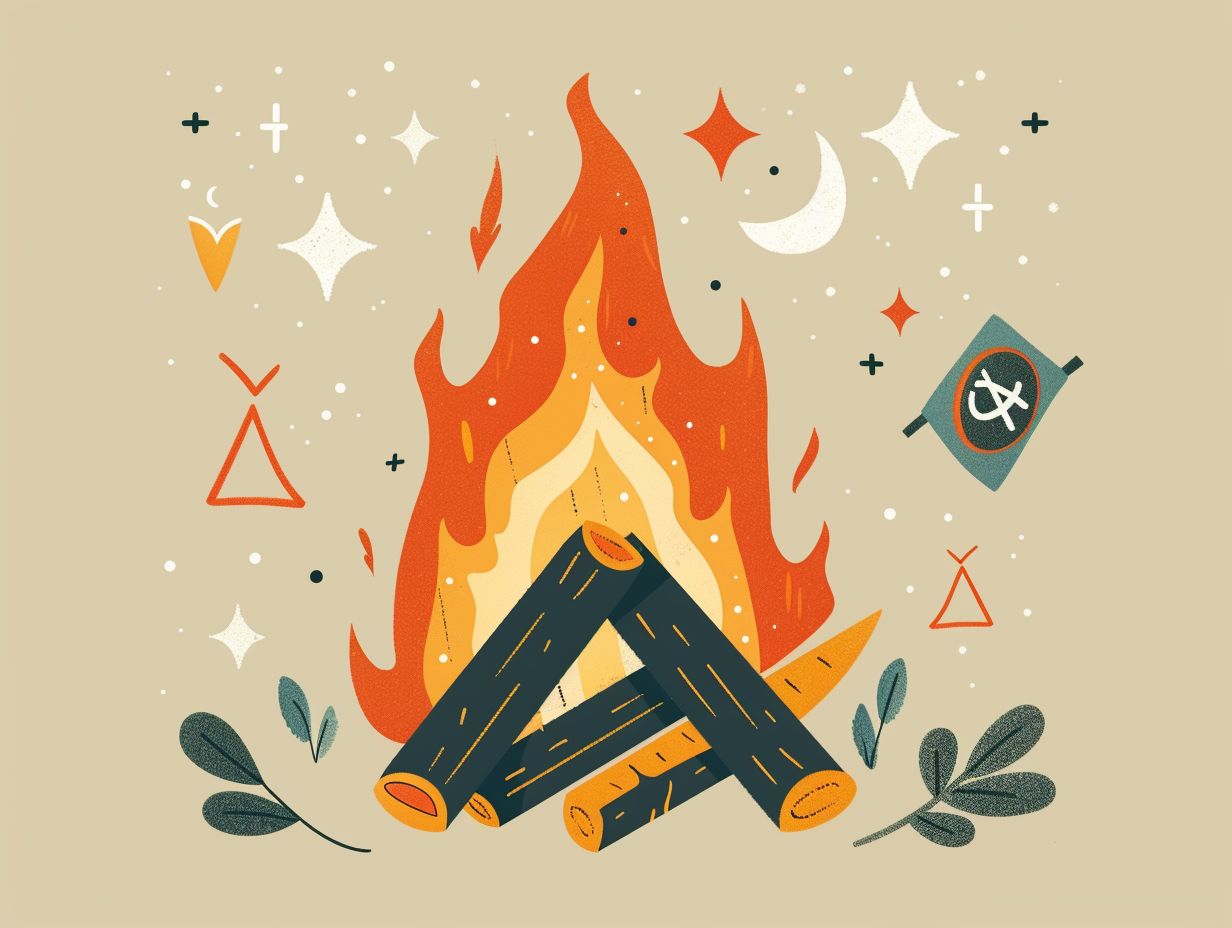
It is important to never leave a campfire unattended, as it can rapidly escalate into a hazardous situation and present a substantial safety hazard. Even the smallest spark or ember has the potential to ignite nearby dry vegetation or structures, ultimately leading to the risk of wildfires.
For ensure that a campfire is constantly supervised, it is recommended to assign a responsible individual to oversee it at all times.
It is crucial to establish a clearly defined perimeter around the fire and have a readily available water source nearby for emergency situations. Utilising a durable fire pit or ring to contain the flames effectively prevents them from spreading beyond the designated area.
Before departing from the site, it is imperative to completely extinguish the fire by extinguishing it with water and stirring the embers until they have cooled to the touch.
2. Don’t Use Flammable Liquids
It is advisable to refrain from utilising flammable liquids, such as petrol, for the purpose of starting or maintaining a campfire, as they pose a significant hazard and have the potential to generate uncontrollable flames.
In place of flammable liquids, it is recommended to explore safer alternatives, such as dry kindling, newspaper, or fire starter sticks, for igniting the fire. These materials are less prone to causing sudden flare-ups or erratic fire behaviour.
Consider acquiring a portable fire starter or a fire starter kit as a dependable and secure method for initiating a campfire without encountering the associated dangers of using flammable liquids. Emphasising safety and attentiveness during the process of igniting and managing the campfire is essential in ensuring a pleasurable outdoor experience.
3. Don’t Burn Trash or Non-Flammable Materials
It is important to refrain from burning rubbish or non-flammable materials in a campfire, as this can result in the release of toxic fumes and the creation of hazardous conditions.
This harmful practice not only contributes to air pollution but also presents serious health risks to both humans and wildlife. Inhaling the toxic emissions from burning rubbish can lead to respiratory issues, cardiovascular problems, and even cancer.
The chemicals released into the air have the potential to contaminate soil and water sources, which further impacts the ecosystem. Prioritising proper waste disposal methods such as recycling, composting, and utilising designated landfills is essential to protect the environment and safeguard public health.
4. Don’t Build a Fire Too Close to Trees or Overhanging Branches
Establishing a campfire in close proximity to trees or overhanging branches poses a significant hazard, as it heightens the likelihood of the fire spreading to adjacent vegetation.
To ensure a secure camping environment, it is imperative to uphold a safe distance of no less than 15 feet between the campfire and any nearby trees or branches. This recommended distance serves to mitigate the risk of stray sparks or flames igniting dry vegetation, thereby averting the rapid escalation into a wildfire.
When identifying a site for the campfire, prioritize open spaces with minimal vegetation and meticulously clear the ground of any combustible debris. It is advisable to refrain from siting the campfire beneath low-hanging branches that are susceptible to catching fire from the flames or embers.
5. Don’t Leave Hot Coals Unattended
It is imperative to never leave hot coals unattended as they have the potential to reignite, leading to a fire hazard that poses a significant safety risk.
To ensure the safe management of hot coals, it is essential to thoroughly extinguish them before vacating the area. One effective method involves carefully dousing the coals with water and stirring them to ensure complete cooling.
Proper storage of hot coals in a metal container, placed away from any flammable materials, is crucial. Monitoring the cooling process is essential to prevent any inadvertent ignition. By adhering to these precautions, the potential risks associated with leaving hot coals unattended can be effectively mitigated.
6. Don’t Use Rocks to Contain the Fire
Utilising rocks for the containment of a campfire can pose safety hazards, as certain types of rocks have the potential to explode when subjected to heat, thereby endangering campers.
Furthermore, apart from the risk of rock explosions, rocks have the capacity to retain heat for prolonged durations even after the fire has been extinguished, presenting burn hazards to individuals who may come into contact with them unknowingly.
Moreover, rocks employed for fire containment purposes have the propensity to disperse or shift under the influence of high temperatures, consequently causing fires to spread beyond the intended campfire area.
To mitigate these hazards effectively, it is recommended to consider utilising safer alternatives such as fire rings or fire pans. These specialised tools for fire containment aid in confining the fire within a controlled area, thereby minimising the occurrence of hazardous incidents.
7. Don’t Light a Fire in Windy Conditions
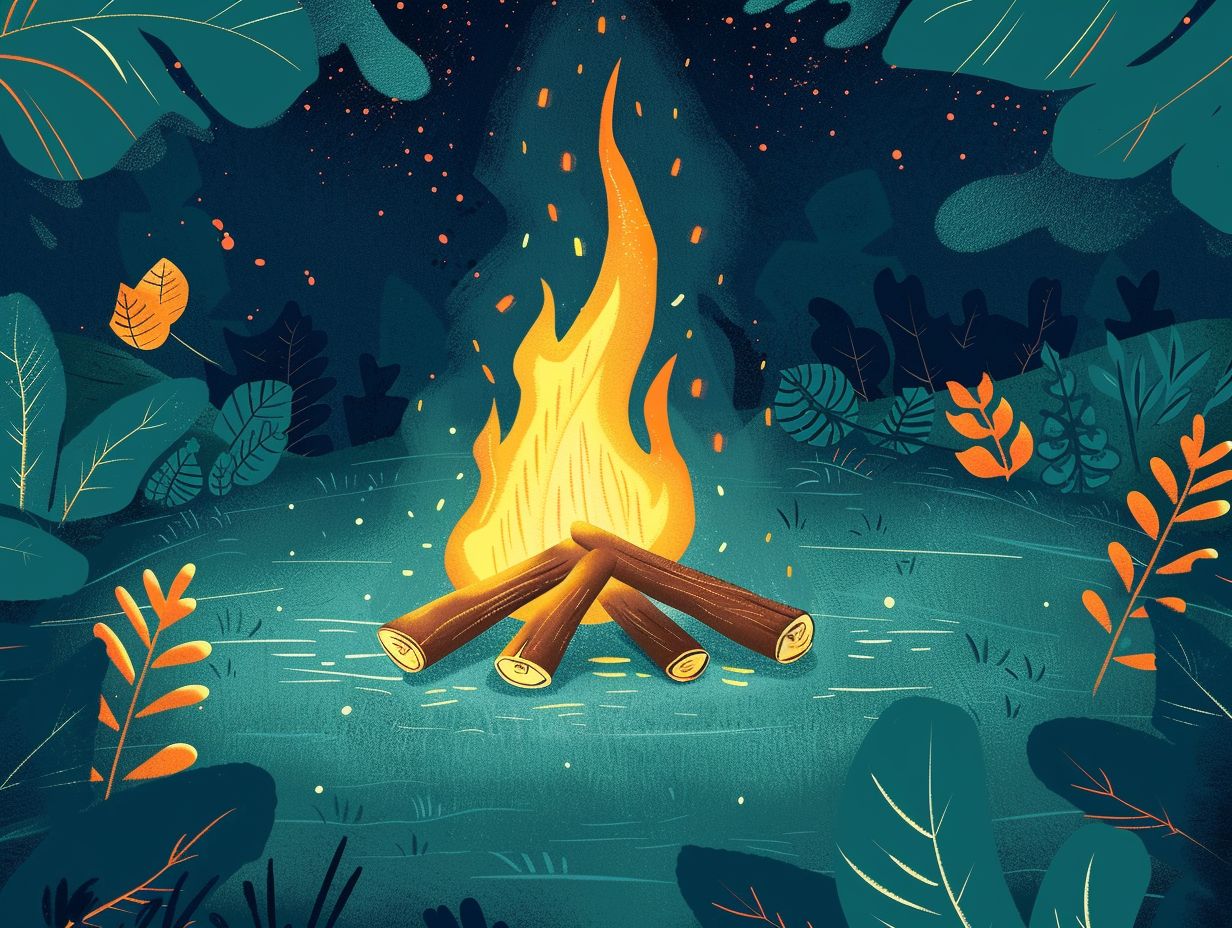
It is advisable to refrain from kindling a campfire in windy conditions, as the presence of wind can lead to rapid and uncontrollable fire spread. This not only poses significant risks to the surrounding environment but also endangers your safety and that of others.
Before initiating a campfire, it is imperative to conduct a thorough evaluation of the prevailing weather conditions. It is recommended to ascertain the wind speed and direction by utilising a weather application or by observing the movement of trees and vegetation in the vicinity.
In case of observing strong gusts or indications of high winds, it is prudent to defer the campfire until conditions have abated. Safety should always be paramount, and one should remain cognisant of the potential repercussions associated with igniting a fire in adverse weather conditions.
8. Don’t Leave the Fire Burning Overnight
It is imperative never to leave a campfire burning overnight due to the significant danger it poses when left unattended, potentially resulting in a wildfire.
Before retiring for the night, ensuring that the campfire is completely extinguished is of utmost importance. An effective approach involves carefully pouring water over the flames while stirring the embers to reduce their temperature. This process should be repeated until no hissing sounds or smoke are emitted.
Alternatively, smothering the fire with dirt or sand, ensuring thorough mixing with the embers, is another viable method. It is crucial to bear in mind that although the flames may seem extinguished, residual heat could remain. Thus, a comprehensive extinguishing process is essential to prevent any inadvertent ignition.
Frequently Asked Questions
What are the most important dos when it comes to campfire safety?
The most important dos for campfire safety include:
– Do choose a safe and designated area for your campfire.
– Do clear any debris and combustible materials around the fire pit.
– Do have a bucket of water and a shovel nearby in case of emergencies.
– Do monitor the fire at all times and never leave it unattended.
– Do fully extinguish the fire before leaving the campsite.
– Do check local fire regulations and follow all guidelines.
What are the biggest don’ts to remember for campfire safety?
The biggest don’ts for campfire safety include:
– Don’t build a fire in windy or dry conditions.
– Don’t use flammable liquids or materials to start or fuel the fire.
– Don’t leave the fire unattended or let children or pets near it.
– Don’t ever throw trash or food into the fire.
– Don’t leave the campfire burning overnight.
What should I do if the campfire gets out of control?
If the campfire gets out of control, stay calm and follow these steps:
1. Immediately call for help and dial 999 if available.
2. If you have a shovel or sand, try to smother the flames.
3. Use water to extinguish the fire, starting from the outside and working your way towards the center.
4. If the fire continues to spread, quickly evacuate the area and seek safety.
Are there any safety precautions for cooking over a campfire?
Yes, there are some important safety precautions to remember when cooking over a campfire:
– Always use long grilling tools to avoid getting too close to the fire.
– Keep a safe distance between yourself and the fire.
– Use a grill or cooking grate to prevent food from falling into the flames.
– Never leave the cooking food unattended.
– Make sure to fully extinguish the fire after cooking.
What steps should I take to properly extinguish a campfire?
To properly extinguish a campfire, follow these steps:
1. Gradually reduce the size of the fire by adding smaller pieces of wood.
2. Use a shovel or stick to spread the embers out and separate them.
3. Pour water over the fire, making sure to cover all of the embers.
4. Stir the ashes and embers with a stick to ensure everything is fully soaked.
5. Continue adding water and stirring until the fire is completely out.
6. Use your hand to feel for any remaining heat before leaving the campsite.
What are some additional safety tips for campfires?
Here are some additional safety tips to keep in mind:
– Check the weather forecast and avoid building a fire if it’s too windy or dry.
– Keep a fire extinguisher nearby in case of emergencies.
– Never use rocks from a river or stream to contain a fire, as they can explode when heated.
– Avoid wearing loose or overly flammable clothing near the fire.
– Always follow any specific fire regulations or guidelines for the area you are camping in.
Share:
By submitting your email address, you are agreeing to receive marketing emails from theexpertcamper.co.uk.
We’ll never share your email address and you can unsubscribe at any time. Privacy policy
Related Posts
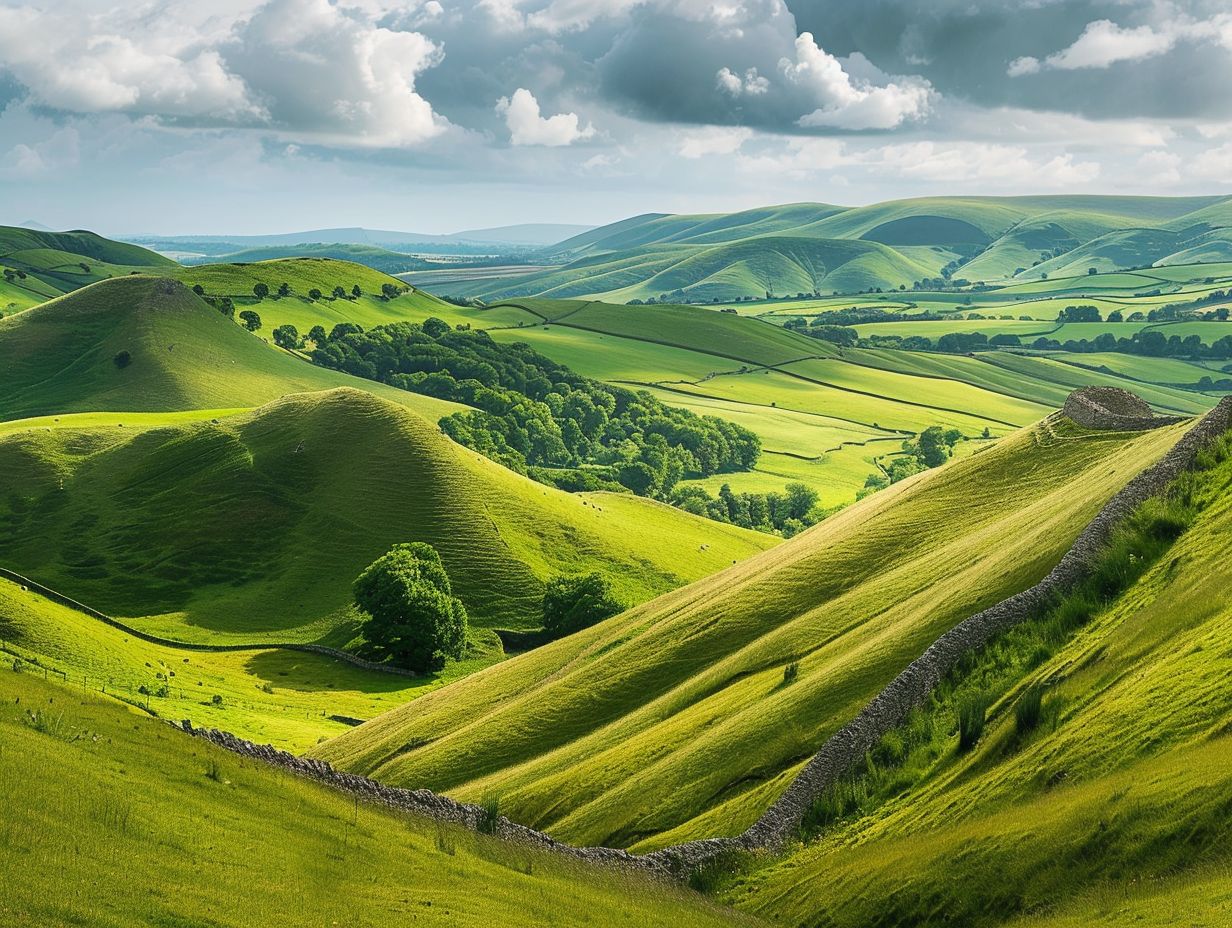
A Seasonal Guide To Hiking In The Peak District
Are you ready to lace up your hiking boots and explore the stunning landscapes of the Peak District? This seasonal guide will take you through

Hiking Challenges Preparing For Your First Ultrahike
Are you ready to take your hiking adventures to the next level? Ultra-hiking offers a unique combination of physical and mental challenges, breathtaking scenery, and
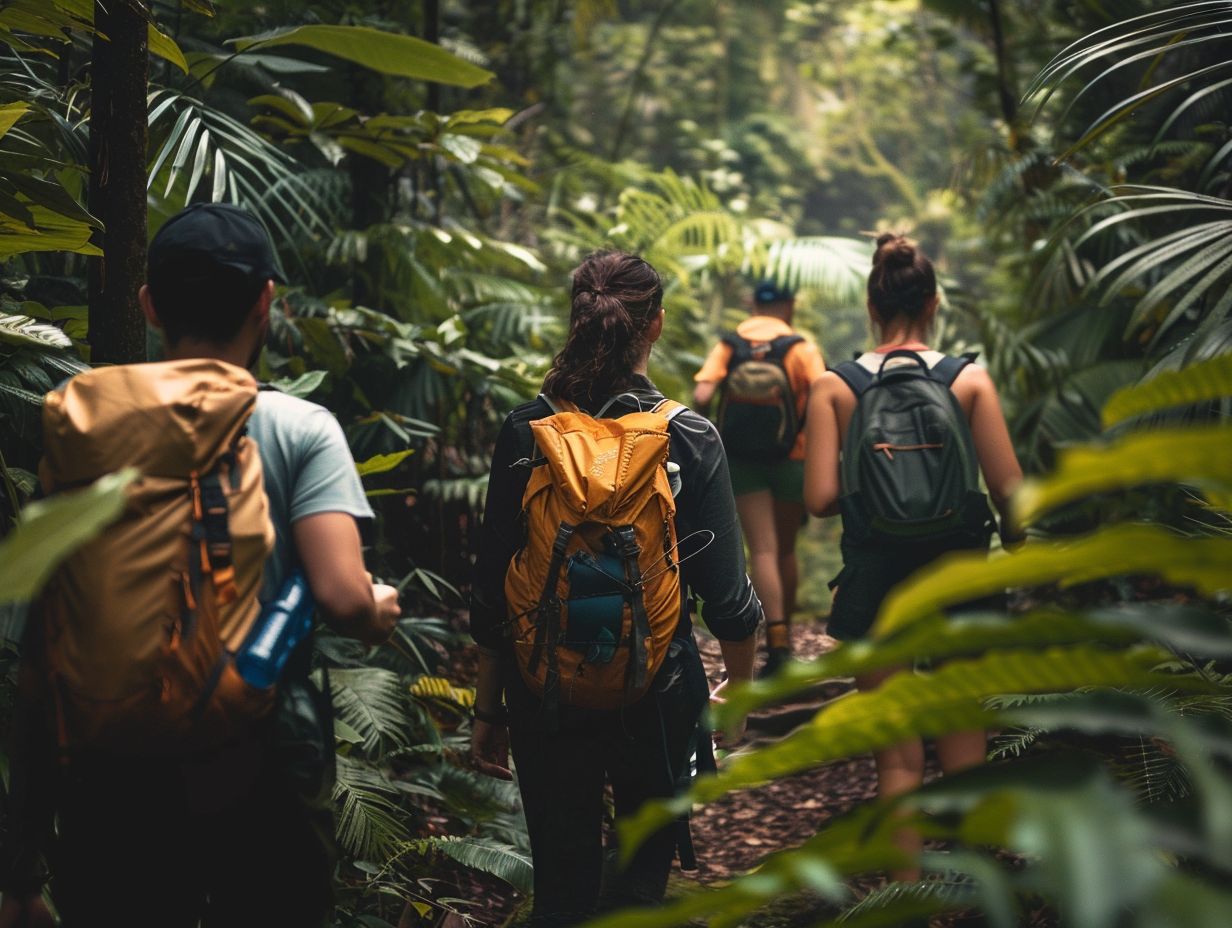
Ecofriendly Hiking Tips For Sustainable Adventures
Are you an outdoor enthusiast looking to minimise your impact on the environment while enjoying the great outdoors? Eco-friendly hiking is the perfect solution! We
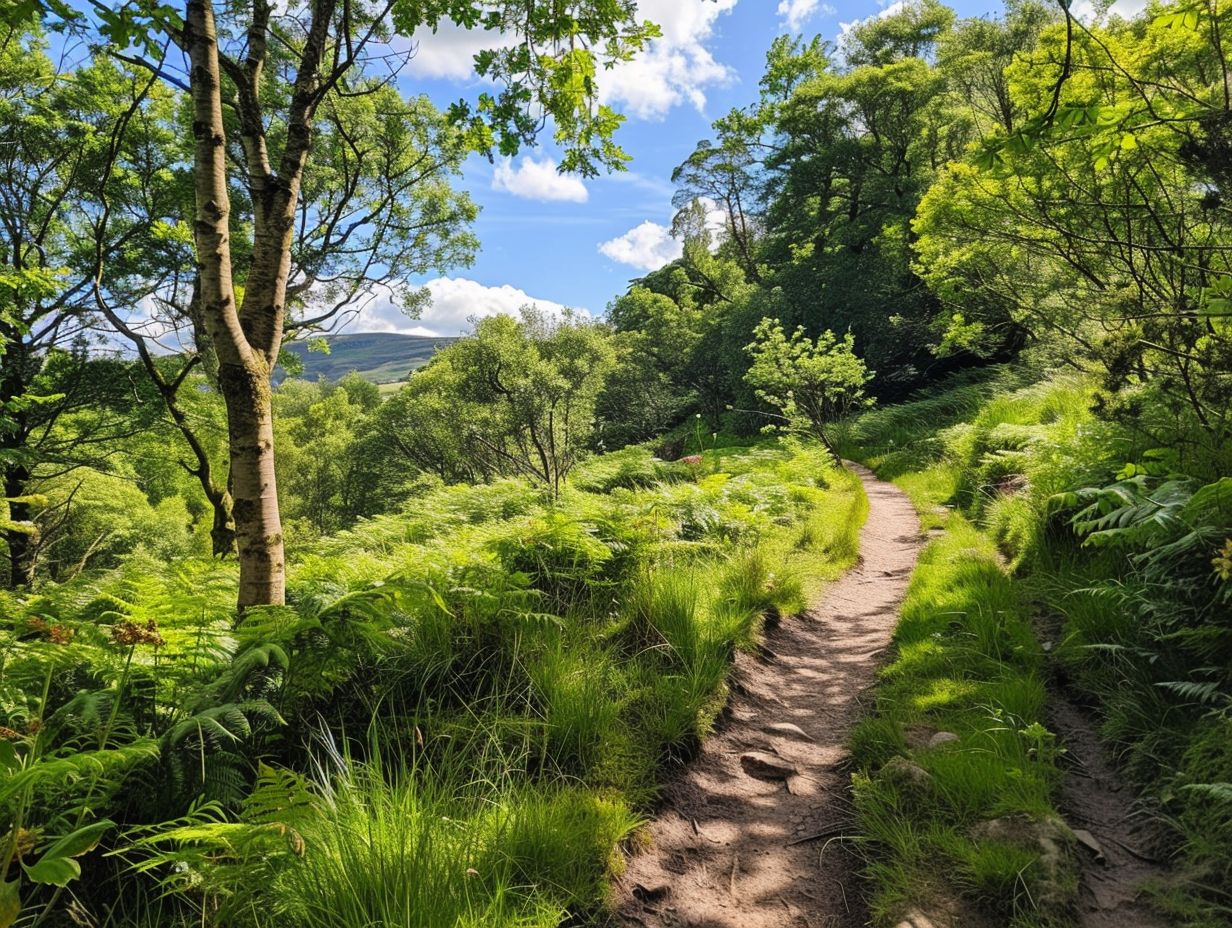
The Best Hiking Trails For Experiencing UK Wildlife
When exploring the picturesque hiking trails of the UK, you can expect to encounter a diverse array of wildlife. From majestic birds soaring overhead to
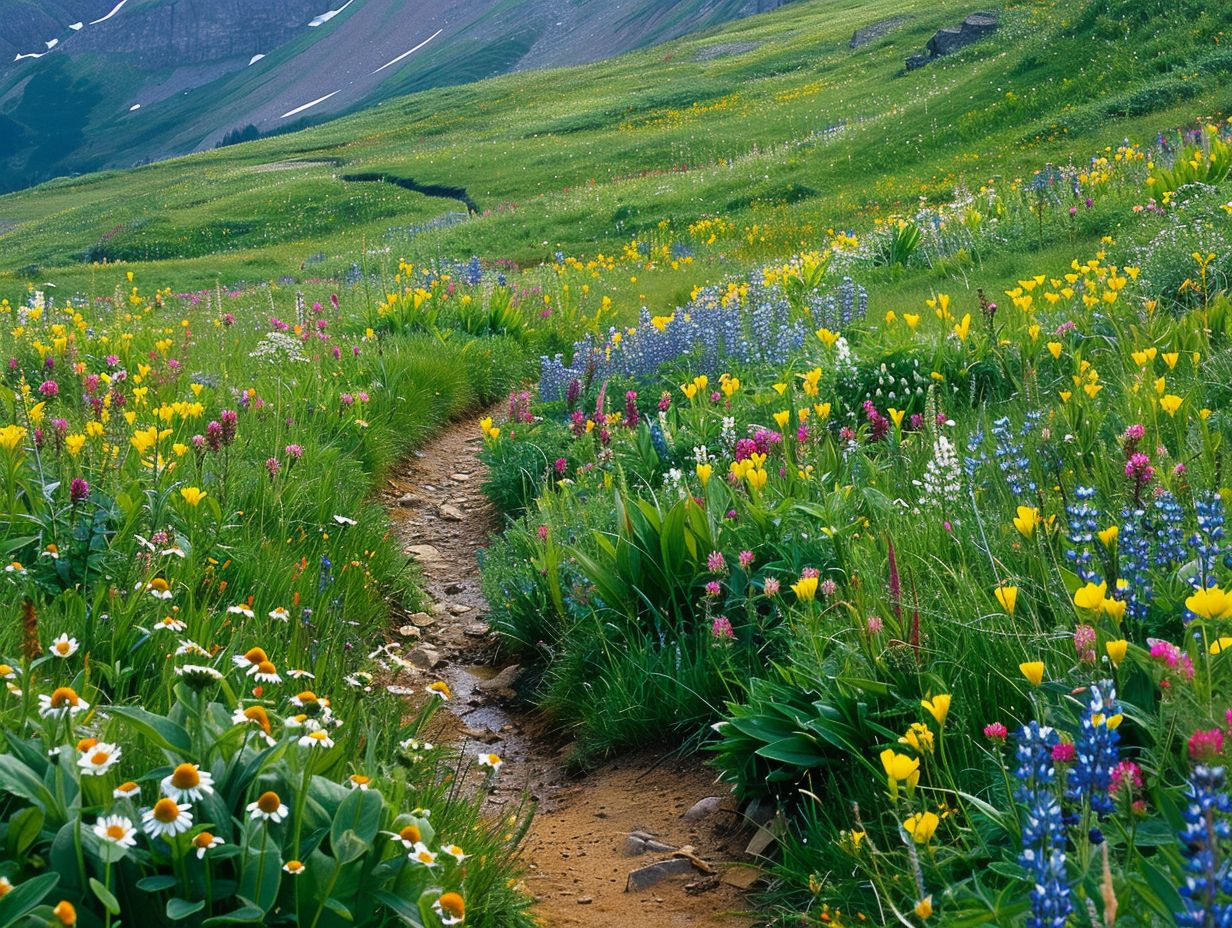
Wildflower Walks The Best Trails For Nature Lovers
Are you a nature lover looking to embark on a wildflower walk? Explore the best trails for wildflower walks, including [Trail Name 1], [Trail Name


